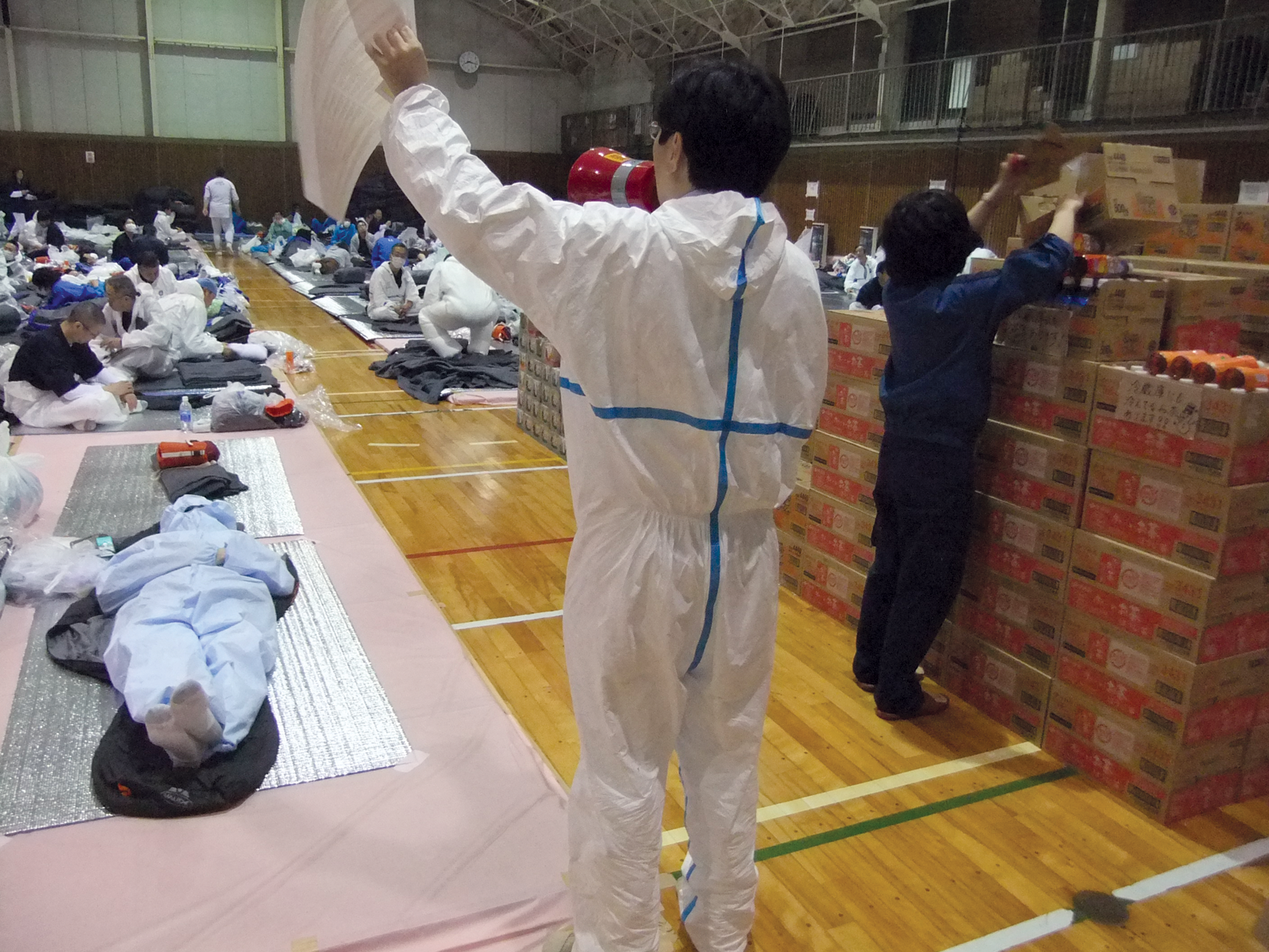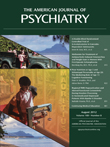On March 11, 2011, the Fukushima Daiichi nuclear power plant suffered a huge earthquake and subsequent tsunamis, which eventually caused reactor explosions, nuclear meltdowns, and radioactive leaks. The event became the worst nuclear disaster since the 1986 Chernobyl accident. Given the chaotic situation and safety concerns, no medical teams, let alone mental health professionals, were allowed to enter the restricted zone for a while.
Dr. Tanigawa is an occupational physician who has worked for the Daiichi plant and the nearby Fukushima Daini plant for 20 years. It was not until mid-April, however, that he was allowed to enter the plants. Most of the employees were local residents and had suffered from home evacuations and property loss. They were severely overworked and exposed to overwhelming workplace trauma. Moreover, they were suffering from public harassment and discrimination, owing to the image the public had of the company's disaster responses. Dr. Tanigawa addressed the urgent need for mental health assistance for the workers through various media, and he approached Dr. Shigemura, a psychiatrist, to develop a partnership.
On May 6, 2011, Drs. Tanigawa and Shigemura entered the restricted zone; this was the first psychiatrist visit following the accident. Dr. Shigemura took this photograph on that day at 8:16 p.m. inside the Daini plant gymnasium. The Daiichi plant workers had to spend their nights in this gym during the days when they had their shifts. The workers showed a myriad of posttraumatic stress responses, including intrusive flashbacks, avoidance of their plant, hypervigilance toward aftershocks, fear of irradiation, and dissociative episodes. They showed immense grief and guilt owing to the deaths of their colleagues and loved ones. They were severely discriminated against; one man reported that his neighbor had posted a paper on his door that stated, “Get out of this apartment.” He thus felt as if he was the disaster perpetrator and was responsible for the accident. We were unable to talk to the thousands of employees individually, so we had to triage the most severe cases to determine who would be interviewed first. Prior to stress management counseling, our urgent task was to express maximal respect to them.
This trip was the first of the still-continuing mental health assistance to the employees; the government eventually ordered continuation of this support. As of now, however, the site is yet to find a full-time psychiatrist. The clean-up process is likely to take decades for completion, and further care is required for high-risk groups, including (but not limited to) those with the burden of grief, high radiation exposure, and life-threatening experiences. However, presently we are in urgent need of dedicated professionals, funding, and organizational systems to support these hard-working heroes.
Acknowledgments
Photograph by Dr. Shigemura.


